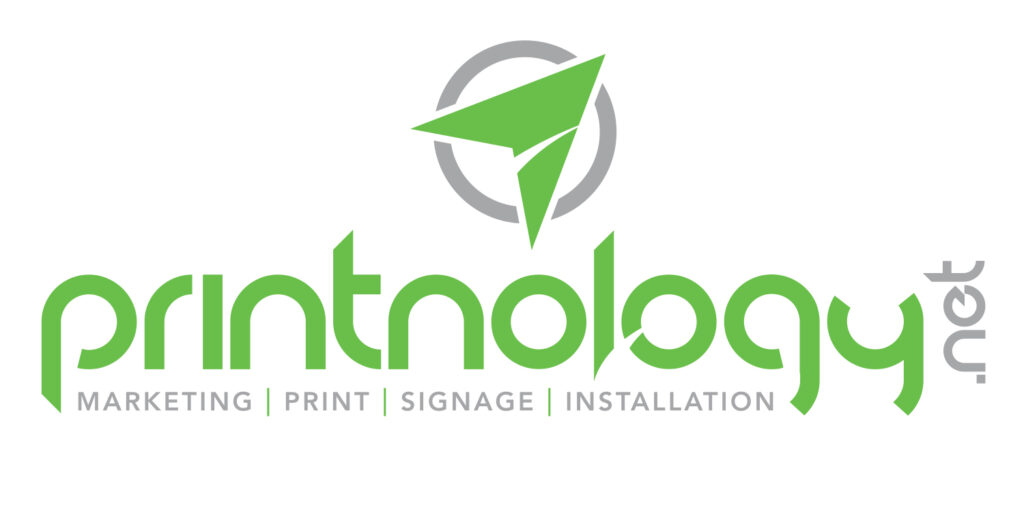Best Practices for Using QR Codes on Printed Marketing Materials
Introduction
QR Codes are a powerful tool for connecting physical marketing materials with digital content. Here are some best practices to ensure your QR Codes are effective and engaging.
Creating the QR Code
- URL Length: Keep URLs short to avoid cluttered QR Codes, which can hinder scanning.
- Dynamic vs. Static Codes: Use dynamic QR Codes for flexibility, allowing you to change the linked content without needing to replace the code.
Designing the QR Code
- Color & Contrast: Ensure high contrast between the QR Code and its background for easy scanning. Custom colors should align with your brand identity.
- Logo Placement: Incorporate a small logo in the center of the QR Code, ensuring it doesn’t obstruct scanning.
- Negative Space: Maintain a clear boundary around the QR Code (ideally 4 blocks) to facilitate scanning.
Printing Materials
- Choose durable materials that can withstand handling and environmental conditions.
- Use high-quality ink or toner to prevent smudging and ensure clarity.
- Avoid reflective surfaces that can interfere with scanning.
QR Code Size
- The minimum size for QR Codes should be at least 0.4 inches (1 cm) for small items like business cards.
- Follow a 10:1 ratio for distance: if the QR Code is 100 inches away, it should be at least 10 inches in size.
Placement and Testing
- Position QR Codes at eye level and in uncluttered areas to enhance visibility.
- Avoid placing multiple QR Codes too close together to prevent scanning errors.
- Include a clear call to action (CTA) like “Scan Me” to encourage engagement.
- Always test the QR Code across different devices and conditions before mass printing.
Downloading Formats
Download QR Codes in scalable formats (e.g., SVG, EPS) for larger prints to avoid distortion.











Leave A Comment